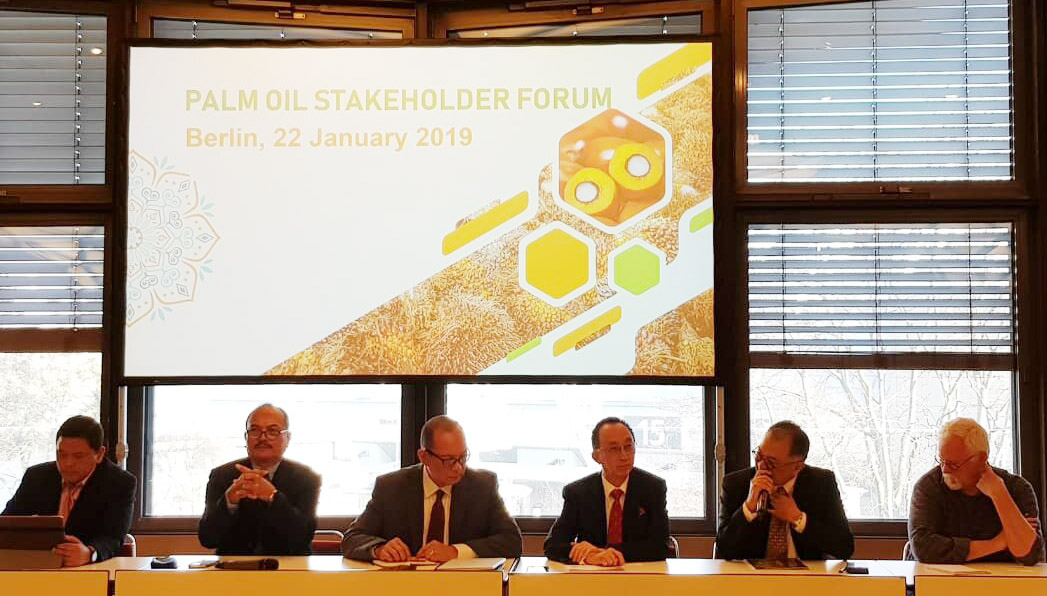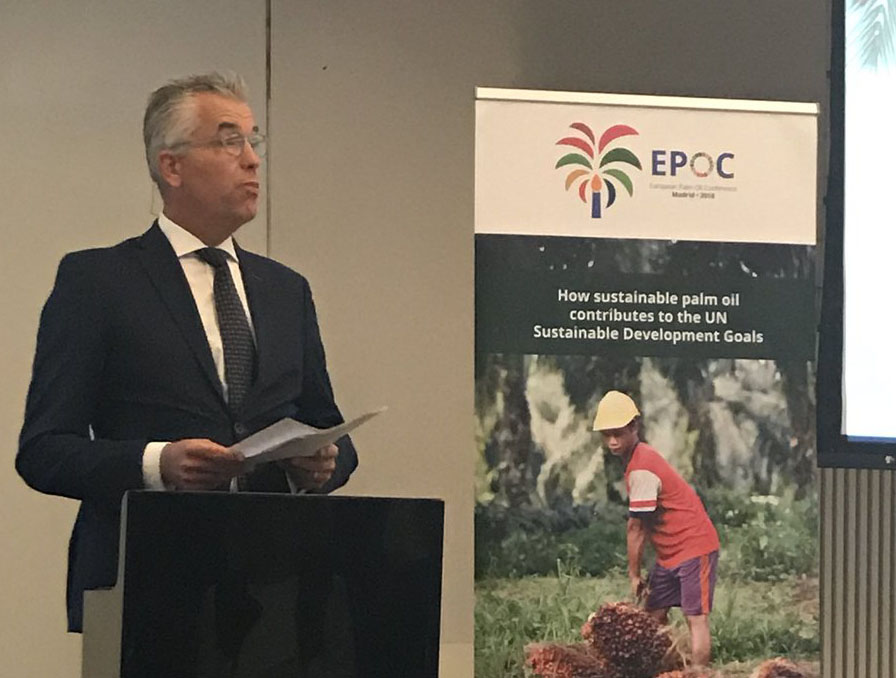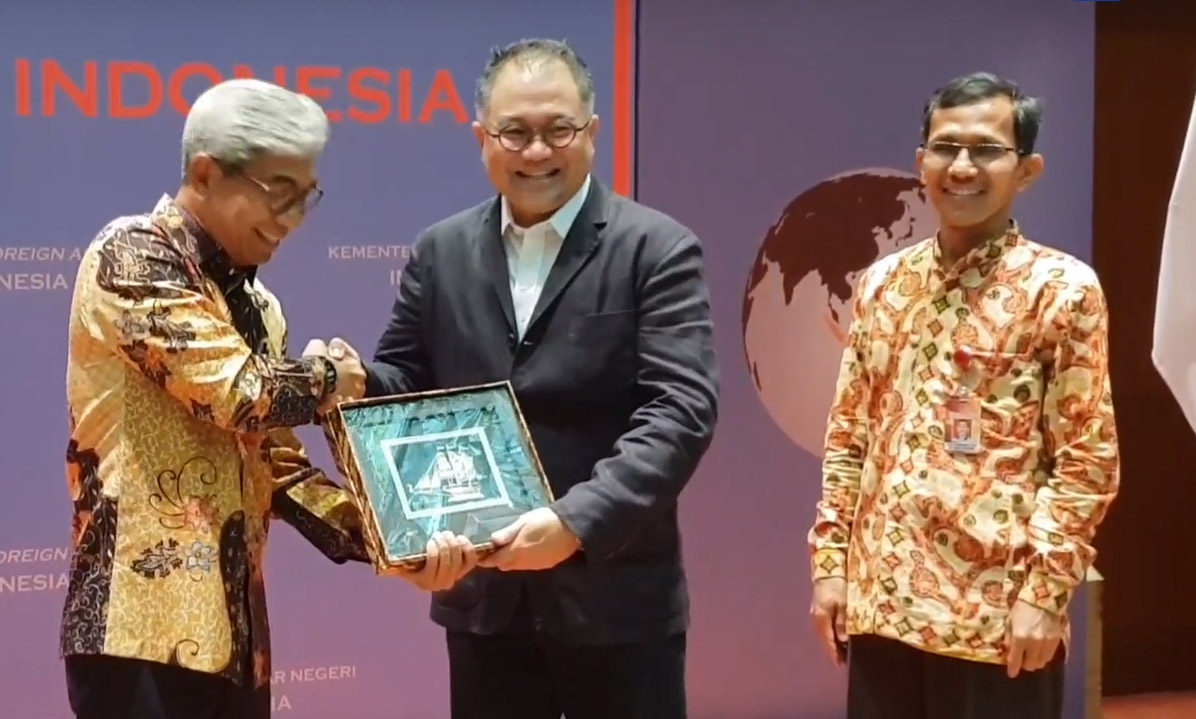Oil Palm Plantations were not Built on Forest Area
Professor of the Faculty of Forestry of Bogor Agricultural University (IPB), Yanto Santosa, reiterated his view that oil palm plantations are not the cause of deforestation in Indonesia since they were not derived from forest area. Yanto’s statement came as he spoke at the International Green Week Berlin 2019 in Berlin, Germany (22/1/2019).

Professor of the Faculty of Forestry of Bogor Agricultural University (IPB), Yanto Santosa, reiterated his view that oil palm plantations are not the cause of deforestation in Indonesia since they were not derived from forest area. Yanto’s statement came as he spoke at the International Green Week Berlin 2019 in Berlin, Germany (22/1/2019). Yanto said that a study had proved that palm oil is not the cause of deforestation in Indonesia. The study was conducted in 25 large oil palm plantations and 16 plantations owned by smallholders in provinces of Riau, Central Kalimantan, and South Sumatera. The study that was conducted by tracing history of the lands showed that the plantations varied in origin of the lands, mostly were no longer forest areas. “When a business permit on palm oil plantation and a cultivation right certificate were issued, the lands’ status of large plantations were no longer forest areas. They used to be rubber plantation, secondary forest, open lands, shrubs, and dryland farming mixed with shrubs, Yanto said. Yanto denied the allegations by NGOs and the European Union that oil palm plantations were the cause of deforestation and biodiversity losses. In 2017 the European Union Parliament has accused that the reduction of global deforestation was caused by an increase in production and consumption of agricultural commodities, one of which is palm oil. In this case study on the history and origin of land is absolutely necessary, including history of permit issuance from various sources. “Is it fair to only compare two or more land cover conditions by interpreting landsat images for different years of coverage, then we state that deforestation has occurred?” Yanto added. He also stated that according to research by Tjondronegoro (2004), Holmes (2000), and Pagiola (2000), forest conversion in Indonesia was a consequence of some policies. First, transmigration policy in 1905-1940 initiated by Dutch colonial government and later continued by the Indonesian government in 1969. In 1969-2000 there are at least 3.5 million households hade been placed and around 8.94 million hectares lands had been opened. Second, Forest Concession (HPH) with its systematic logging which began in the early 1970s with the speed of deforestation of 0.6 million ha in the first year, during 1985-1997 the `degradation` of forests occurred in Sumatra covering an area of 6.7 million ha and in Kalimantan 8.5 million ha. Third, Government policies to increase land productivity by allowing land clearing (mainly degraded land) for oil palm plantations and industrial plantation forest (HTI) from the late 1980s - early 1990s. ***




































